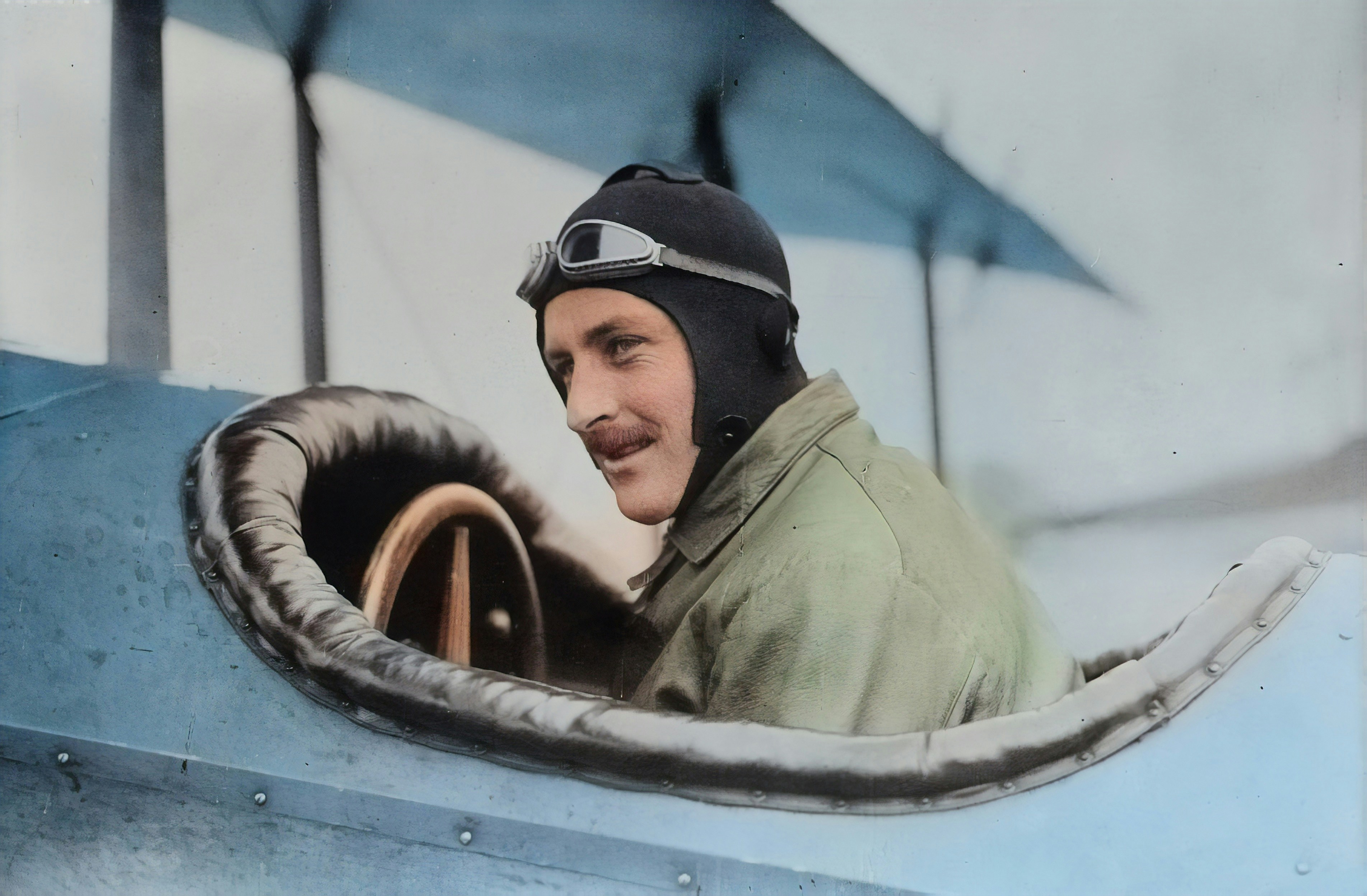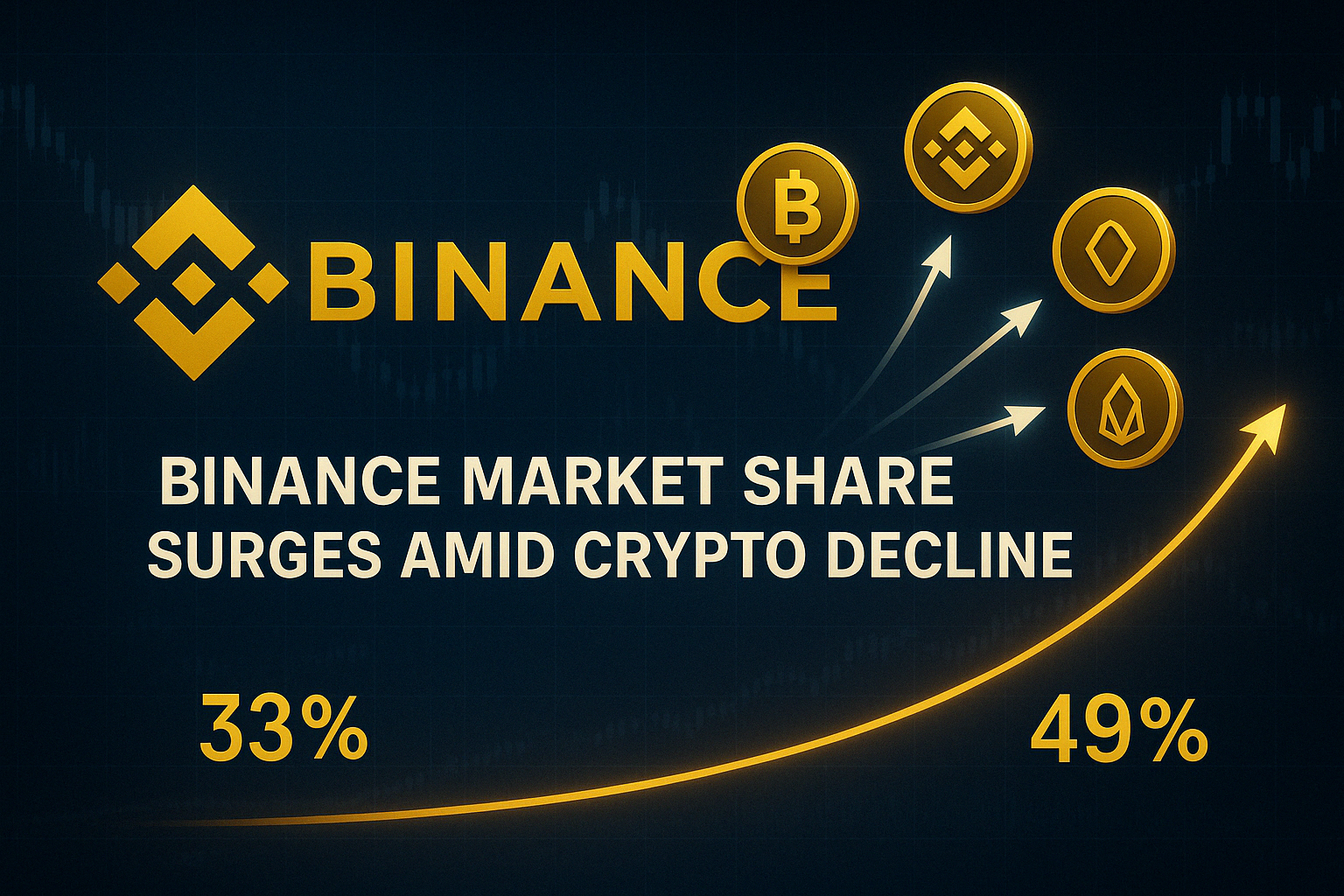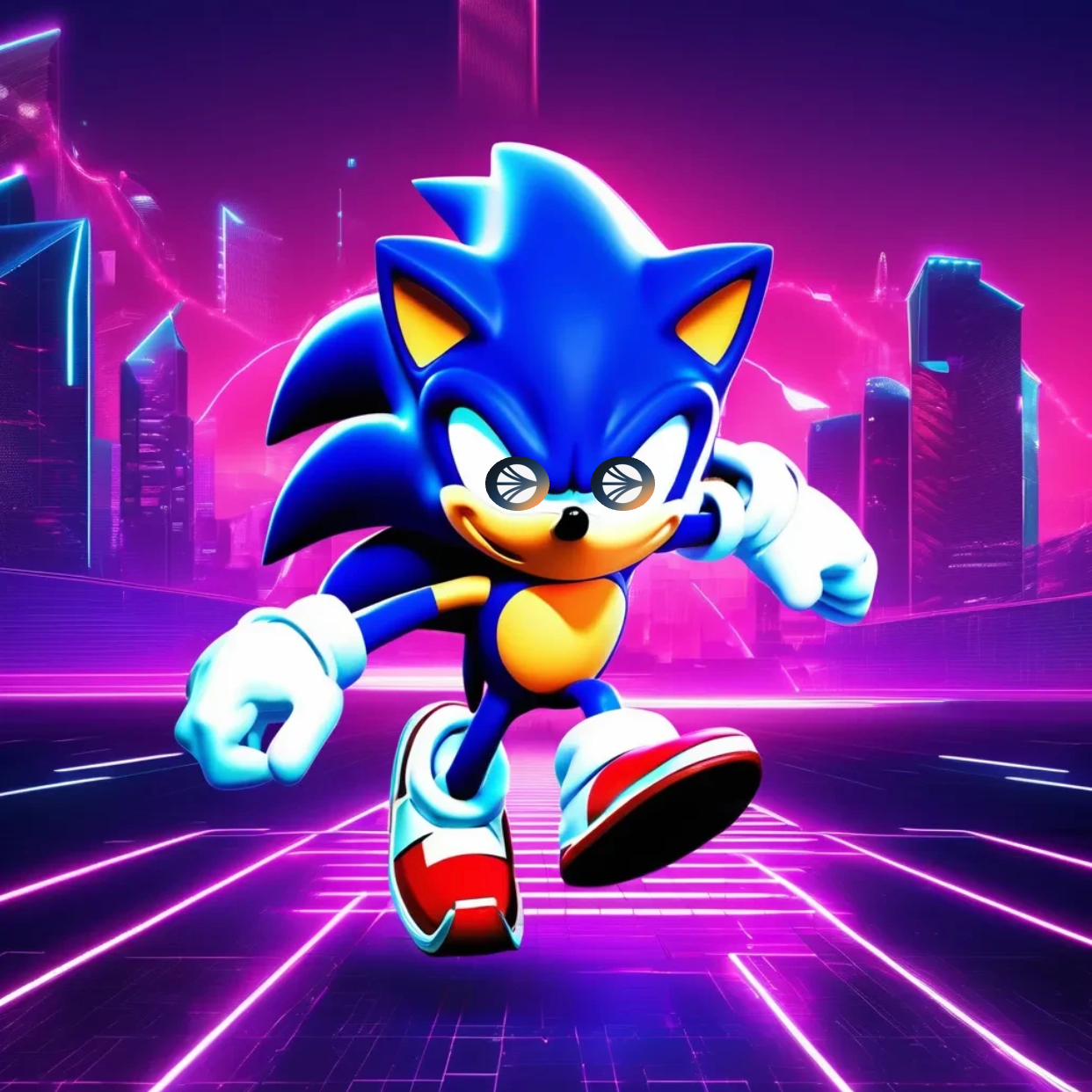
Introduction to UFC: History and Evolution
The Ultimate Fighting Championship (UFC) has dramatically transformed since its inception, evolving from a niche event into a global sporting powerhouse. Founded in 1993 by Art Davie, John Milius, and Rorion Gracie, the UFC’s inaugural event was held on November 12, 1993, in Denver, Colorado. This event aimed to identify the most effective martial art in a real fight between competitors of different fighting disciplines, a concept that initially brought considerable intrigue and controversy.
The promotion’s landscape shifted significantly in 2001 with the acquisition by Zuffa LLC, a company founded by Frank and Lorenzo Fertitta along with Dana White, who became the face of the UFC as its president. This change in ownership marked the beginning of the modern era of the UFC. Zuffa’s leadership orchestrated critical regulatory reforms, gaining acceptance from athletic commissions and introducing Unified Rules of Mixed Martial Arts, which improved the sport’s safety and legitimacy.
One of the UFC’s pivotal moments came in 2005 with the launch of “The Ultimate Fighter” reality TV series. This series was instrumental in popularizing mixed martial arts (MMA) and fostering a wider audience, ultimately culminating in the boom of UFC’s popularity. Another landmark was the historic UFC 100 event in 2009, which achieved record-breaking success and further solidified the UFC’s status within mainstream sports.
As the UFC expanded, iconic figures emerged, shaping the sport’s identity and appeal. Fighters like Royce Gracie, who showcased Brazilian Jiu-Jitsu’s effectiveness; Chuck Liddell, with his striking prowess; and Conor McGregor, known for his charisma and knockouts, became household names. Promoters and key personalities, notably Dana White, played crucial roles in marketing and promoting the sport, ensuring its global growth.
Today, the UFC stands as a global phenomenon, holding events worldwide, showcasing a diverse range of fighting styles, and uniting fans across continents. Its journey from obscure beginnings to a multi-billion-dollar enterprise highlights a remarkable evolution, driven by innovation, strategic vision, and the extraordinary talents within the sport.
UFC Fighting Styles and Divisions
The Ultimate Fighting Championship (UFC) showcases a fusion of various fighting styles, making it one of the most diverse and compelling platforms in mixed martial arts (MMA). Each fighter brings their unique expertise, creating dynamic matchups that enthrall audiences worldwide. Brazilian Jiu-Jitsu, Muay Thai, Boxing, and Wrestling are among the predominant disciplines seen in the Octagon.
Brazilian Jiu-Jitsu (BJJ) emphasizes ground fighting and submission techniques, allowing fighters to control opponents through a series of locks and holds. Many champions, like Royce Gracie, have displayed mastery in this art form, earning victories through their grappling prowess. Muay Thai focuses on stand-up striking, utilizing fists, elbows, knees, and shins. This “Art of Eight Limbs” is embodied by fighters like Anderson Silva, who dominate with their striking abilities.
Boxing, one of the oldest combat sports, emphasizes hand strikes and footwork. Fighters such as Conor McGregor have used their boxing skills to achieve notable success within the UFC. Wrestling, on the other hand, focuses on takedowns and control, allowing wrestlers like Daniel Cormier to dictate the pace and position of the fight.
Diversifying the competition further are the various weight divisions in the UFC, ranging from Flyweight (up to 125 lbs) to Heavyweight (over 205 lbs). Each division hosts an array of fighters with different specialties, resulting in unique and unpredictable matchups. Notable in the Flyweight division is Demetrious Johnson, renowned for his speed and technical skill. Moving to the Lightweight category, Khabib Nurmagomedov stands out with an unblemished record and exceptional grappling.
The Middleweight and Heavyweight divisions bring power and precision to the forefront. Israel Adesanya, the Middleweight Champion, blends striking and agility, while Heavyweight fighters like Stipe Miocic showcase brute strength and formidable resilience. These divisions, with their distinct characteristics and renowned fighters, contribute significantly to the excitement and unpredictability of UFC events.
The interplay of different fighting styles and weight classes injects an unparalleled diversity into the sport. Fans eagerly anticipate each event, knowing that every bout offers a unique blend of skills and strategies, making the UFC a continuously evolving and thrilling spectacle.
“`html
Recent and Upcoming Events: News and Highlights
The UFC has recently seen a plethora of thrilling events, each bringing its own share of excitement and memorable moments. One of the standout events was UFC 273, where Alexander Volkanovski defended his featherweight title against Chan Sung Jung in a dominant performance. Volkanovski’s technical prowess was on full display, leading him to a decisive victory in the fourth round. Similarly, Aljamain Sterling settled his rivalry with Petr Yan by securing a split decision in a highly anticipated bantamweight rematch, proving his mettle as the champion.
Another notable event was UFC 274, which featured a lightweight title bout between Charles Oliveira and Justin Gaethje. Despite Oliveira missing weight and being stripped of his title, he showcased his extraordinary skills by submitting Gaethje in the first round, thereby solidifying his reputation as one of the top fighters in the division. Rose Namajunas faced Carla Esparza in a much-awaited rematch for the women’s strawweight title. Esparza emerged victorious, reclaiming the title she first won in 2014.
Looking ahead, UFC promises even more electrifying matchups. UFC 275 is set to feature Glover Teixeira defending his light heavyweight belt against the surging Jiri Prochazka, in what is expected to be a clash for the ages. Additionally, Valentina Shevchenko will put her flyweight title on the line against Taila Santos, aiming to continue her dominant reign in the division. The event will also see a thrilling rematch between Zhang Weili and Joanna Jedrzejczyk, two of the most notable fighters in the strawweight division.
However, the ever-changing landscape of the UFC means that fans must stay updated regarding fight card alterations. Recent announcements have confirmed that injuries to key fighters have necessitated replacements and new matchups. For instance, upcoming bouts will see fresh competitors stepping in, which often adds an element of unpredictability to the proceedings. The UFC continues to captivate audiences worldwide, and the anticipation for these upcoming events is palpable.
“`
Top UFC Fighters to Follow in 2023
The UFC roster is brimming with both seasoned champions and emerging talents making waves across several weight classes. Here are some of the top UFC fighters to watch closely in 2023, categorized by their achievements and impact on the sport.
First up, we have Israel Adesanya, the reigning UFC Middleweight Champion. Known for his striking prowess and tactical acumen, Adesanya has consistently impressed fans with his performances. Currently ranked as the number one middleweight and high on the pound-for-pound list, his recent victory over Robert Whittaker solidified his dominance in the division. “The Last Stylebender,” as he’s affectionately called, is renowned for his precise striking, making nearly every fight he partakes in a technical showcase.
Another notable name is Kamaru Usman, the former UFC Welterweight Champion. Despite a setback in his recent fight against Leon Edwards, Usman’s reign as champion was marked by a series of dominant defenses, most notably his victories over Jorge Masvidal and Colby Covington. His wrestling foundation and well-rounded skill set keep him a formidable opponent, and fans are eager to see him attempt to reclaim his title.
On the rise is Khamzat Chimaev, widely acknowledged as one of the most promising fighters in the welterweight division. His meteoric ascent, punctuated by a rapid series of wins, demonstrated an impressive combination of grappling and striking. With an unblemished record, Chimaev’s ability to finish fights quickly has garnered significant attention and anticipation for his future bouts.
Amanda Nunes continues her legacy as a dominant force in women’s MMA. As a two-division champion, holding titles in both bantamweight and featherweight, Nunes has defeated a string of elite contenders, including Cris Cyborg, Holly Holm, and Valentina Shevchenko. Her unparalleled power and technical skill make her a perennial fan favorite and a constant title contender.
Emerging talent Sean O’Malley has also captivated fans with his distinctive style and knockout ability. Operating in the bantamweight division, O’Malley’s recent knockout over Raulian Paiva showcased his striking artistry and potential to rise through the ranks swiftly. His charismatic personality and unique fighting approach keep audiences eagerly engaged.
These fighters, among others, form the exciting landscape of the UFC in 2023. Their skill sets, achievements, and consistently thrilling performances ensure that they remain at the forefront of MMA discussions and fan expectations.“`html
Analyzing Recent Trends and Shifts in UFC
In recent times, the UFC has undergone significant transformations, impacting various facets of the sport. Analyzing these shifts, it becomes evident that changes in fighting techniques and training methodologies are at the forefront of this evolution. One notable trend is the increasing emphasis on comprehensive skill sets amongst fighters. Modern contenders are not only proficient in their primary fighting style but are also well-versed in various other disciplines, enhancing their versatility inside the octagon. This integration of multi-disciplinary techniques has led to more dynamic and unpredictable bouts, greatly enhancing viewer engagement and the overall spectacle of UFC events.
Another pivotal change lies in the training approaches. Athletes now focus on advanced sports science, incorporating rigorous fitness regimes, nutrition plans, and state-of-the-art recovery practices. This holistic approach aims to maximize performance while reducing injury risks, ensuring fighters can sustain longer, more successful careers. Training camps have also become highly strategic, with personalized programs tailored to counter specific opponents, exemplifying the critical role of analytics in modern UFC preparation.
Promotional strategies within the UFC are also witnessing a paradigm shift, heavily leveraging social media and digital content. Fighters actively engage with fans on platforms like Instagram, Twitter, and YouTube, offering behind-the-scenes glimpses, training insights, and personal anecdotes. These interactions not only humanize the athletes but foster a strong community around the sport, significantly boosting fan loyalty and event viewership. UFC promotions have adeptly harnessed the power of online videos and live streams to market upcoming fights, creating heightened anticipation and broader reach than traditional advertising avenues.
These trends are profoundly influencing the sport’s popularity, drawing new audiences and retaining long-time enthusiasts. As the UFC continues to evolve, the interplay of advanced training techniques, diverse fighting styles, and sophisticated promotional tactics will likely shape the future trajectory of this global phenomenon.
“`
UFC in the Media: Images and Media Coverage
The Ultimate Fighting Championship (UFC) has gained immense popularity through strategic representation across a variety of media platforms. The visual appeal of live broadcasts, enriched by high-definition camera work and expert commentary, brings the intensity and athleticism of the sport directly to millions of viewers worldwide. These carefully curated broadcasts not only present the raw and unfiltered nature of mixed martial arts (MMA) but also offer in-depth analysis and storytelling that resonate with both hardcore fans and casual viewers.
Social media has dramatically amplified UFC’s reach and engagement. Platforms like Instagram, Twitter, and TikTok are inundated with high-quality images and video clips of fighters, events, and behind-the-scenes content. These posts often go viral, significantly raising the visibility and appeal of the fighters and the organization as a whole. Notably, official UFC social media accounts maintain a robust presence, sharing exclusive footage, training clips, promotional content, and live updates that keep fans informed and engaged. These platforms also allow fighters to cultivate personal brands, share their journeys, and interact with fans directly, humanizing them beyond their in-cage personas.
High-quality and recent images play a crucial role in media coverage of the UFC. Action-packed shots of fighters in mid-battle, candid images from press conferences, and behind-the-scenes glimpses into training camps enrich the narrative around each event. These images help in creating a compelling visual experience that captivates the audience, making it easier for them to form a connection with the sport and its athletes.
The impact of extensive media coverage on UFC’s global reach cannot be overstated. Media representation has transformed UFC from a niche combat sport to a worldwide phenomenon. By harnessing the power of visual media and leveraging the immediacy of social media, UFC continues to expand its footprint, engaging a diverse and global audience. This comprehensive media strategy not only boosts the sport’s appeal but also drives viewer loyalty, ultimately contributing to the continued growth and success of UFC as a premier fighting championship.

 18 August 2024
18 August 2024 Share
Share

![Binance Dominates with $2.6B in Token Airdrops & Rewards [2025 Report]](https://hamstercombetworld.com/wp-content/uploads/2025/06/Binance-Dominates-with-26B-in-Token-Airdrops-Rewards-2025.png)





